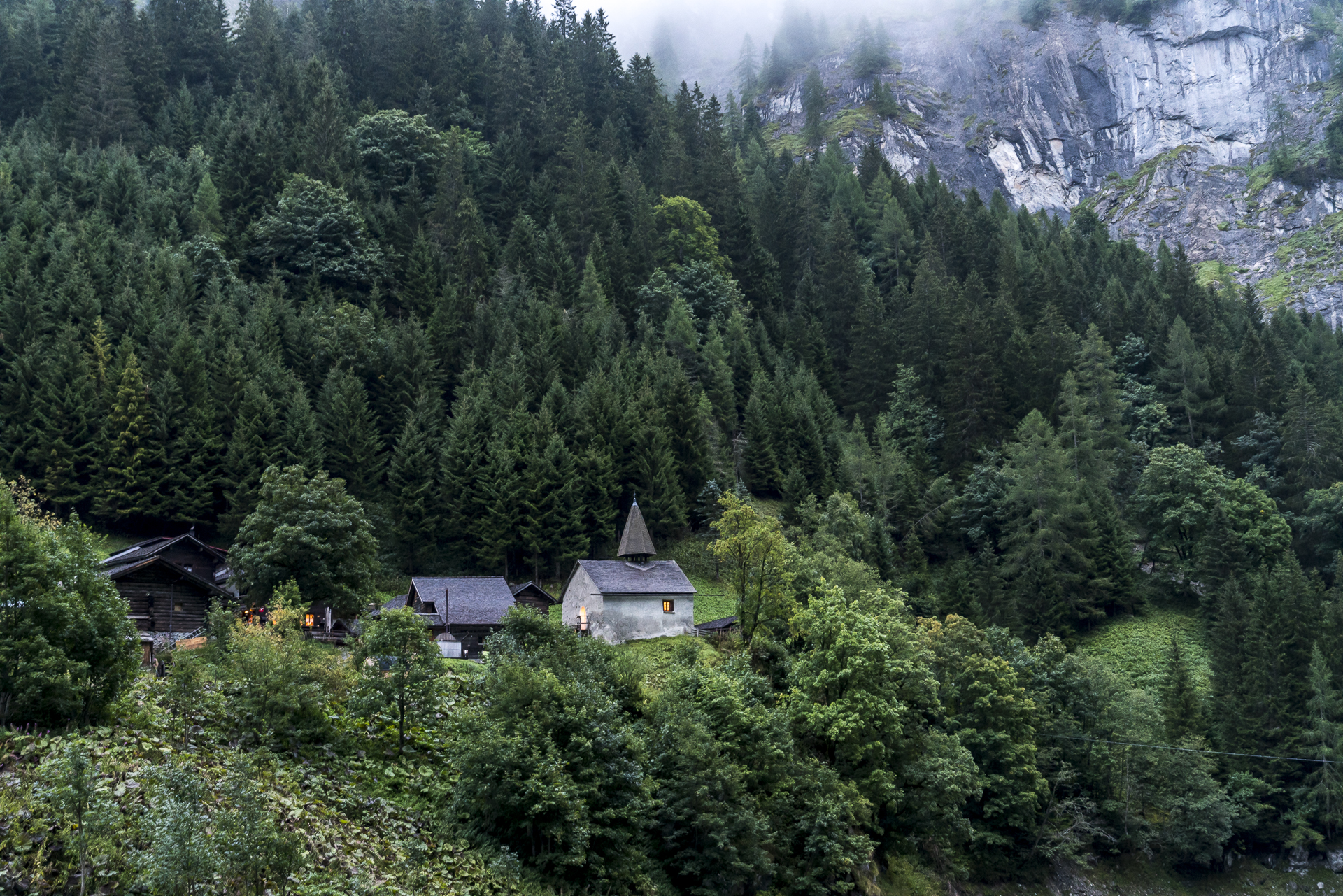
Fine things from the Calfeisental: the MuntaLuna on the trail in Sankt Martin and on Alp Findels
Advertisement – this article was created in cooperation with the Heidiland
True passion for high-quality products is the common denominator of the dairymen Christina Aliesch and Köbi Roth of Alp Findels and the host couple Anne and André Riehle of the Walser settlement Sankt Martin im Calfeisental. And so it’s no wonder that the cheese from Alp Findels, which is produced with heart and soul, is also used for various dishes in Sankt Martin. We followed in the footsteps of the MuntaLunas and followed its path from the alpine cheese dairy of Alp Findels to our plate in Sankt Martin. An enjoyable journey through one of the most mystical regions of Heidiland.
Alpine idyll on the Vättnerberg
No, it’s certainly not picture-perfect weather. The mighty Calanda flanks are caressed by clouds this morning and it remains a matter of time before the rain will set in. We don’t let that spoil our mood and sit down in the bright red small cabin of the Vättnerberg cable car. The railway is the only transport link to the Vättnerberg – there are no roads and therefore a large part of the material (and sometimes animals) of the upper Alps is transported up and down with the larger green “cabin”. As soon as we’re in, it’s off. From the valley station to the mountain station in “Feuscha” at 1,585 m above sea level, we overcome 625 metres in altitude in no time at all – steeply sloping rock flanks below us; not a ride for the faint of heart. Once at the top, we follow the signpost towards Grasplon/Vättnerberg. Here the path splits in two directions. On the left, a path leads in 2.5 hours to the 2,400-metre-high Muntaluna – the local mountain of the Vättnerberg. On the right-hand side, you go via Alp Findels to Vasön. We turn right and 20 minutes later we reach Alp Findels, where dairymaid Christina Aliesch is already waiting for us.
Heart and soul for cheese
Together with her partner Köbi Roth, Christina manages Alp Findels from June to the end of August. More than 70 dairy cows, a dozen young cattle and suckler cows, yaks, alpine pigs, goats, chickens, rabbits, two horses and a bright (with heartbreakingly sweet offspring) are part of the extensive alpine farm. We arrive just in time to watch Christina and Köbi “pre-cheese”. Here, the bile-like mass is cut into small pieces in the copper kessi with the cheese harp.
The two are a well-rehearsed team and the passion for cheese production is palpable at every step of the process. So they are also a bit annoyed that they were 0.25 points below the maximum in the recent assessment. “Our milk is too clean,” says Köbi, explaining the missing holes in the cheese that would have been necessary to obtain the maximum number of points. But that’s no reason to be gloomy. More important than the holes is the spicy taste of the alpine cheese – and that’s what “MuntaLuna” is known for. The milk that is processed in the Kessi today results in twelve wheels of alpine cheese at the end.
After slicing, the sliced cheese is slowly heated and then lifted out with a cloth, pressed into a mold, cut and then placed in the round cheese molds, where it rests for a day.
As soon as the cheese is in the mould, Köbi shows us the treasure chamber of the alp – the cheese cellar – and routinely starts smearing.
In addition to alpine cheese, Alp Findels also produces Mutschli, Ziger, white mould cheese, alpine butter and yoghurt. It’s a lot of work – plus the daily cheese care and the management of hungry hikers, who are attracted by what the alp has to offer on fine days. Outside, the fog clears briefly and at least gives us an idea of the fantastic view you can enjoy from Alp Findels on nice days. The elegant construction of the Tamina Bridge, which is depicted as a trademark on the wrapping paper of the white blue cheese, is unmistakable.
While Christine and Köbi then clean the cheese dairy with meticulous precision, we take a detour together with shepherd Ruedi to the Heubödeli, which is about 200 metres higher. Up here, the goats, suckler cows and yaks can be found – with the yaks preferring to hang around high up on the flanks of the Muntaluna. While the yaks remain swallowed up by the fog, the goats approach curiously. The nimble four-legged friends are used against bush encroachment and reclamation of pastureland. In addition to healthy cows, high-quality alpine pastures with many spicy herbs are the basis for Christine and Köbi to be able to produce high-quality alpine products over the course of the summer.
Simply unique
These fine products are not only enjoyed by those who hike past Alp Findels, but also by guests of the Walser settlement of Sankt Martin further back in the valley. At Vättis, the Calfeisen Valley branches off from the Tamina Valley and stretches up to Piz Segnas. At the beginning of the 14th century, the Walser people came from Flims to settle in the remote side valley. Until the middle of the 17th century, the settlement of Sankt Martin was inhabited by the Walsers all year round. The hamlet around the listed church is now used as a hotel and restaurant and is also the starting point for hikes in the Calfeisental.
The host couple Riehle has been running the business for two years and – according to host André Riehle – is closing the circle. Like the Walser, who are descended from an Alemannic ethnic group with origins in Baden-Württemberg and Alsace, André Riehle was born in the Black Forest. With the decision to take over the restaurant and hotel business in Sankt Martin, André Riehle turned his life upside down. Instead of working for hours in the office as an advertiser as he used to, he now walks back and forth between the kitchen and the terrace, which averages 12 kilometres per day. “Yes, the pedometer runs every day,” he replies to my astonished inquiry and adds with a laugh, “on August 1 it was even 22 kilometers.” The fitness program that comes with being a host is supplemented with daily chopping of wood. Without logs, there would be no delicious wood-fired bread.
The best of the region
In addition to classics such as the Walser plate, salsiz or alpine cheese with fresh farmhouse bread from the Holzhof or the lumberjack sandwich optionally topped with salami, mountain cheese or dried meat, Riehle likes to surprise his guests with cleverly prepared home cooking. This includes the dacha cake. Riehle brought the recipe with him from his home country. When it comes to preparation, he relies on regional products. The basis for the dough patty is the leftover dough of the wood-fired bread. He takes about 200 g of it at a time, flattens it with his hand, generously smears sour cream on it and tops the whole thing with raw ham and the finely sliced MuntaLuna alpine cheese from Alp Findels. Then season the dough with a few drizzles of garlic oil and a pepper mixture and put it in the wood-fired oven. Sensitivity is required when handling the wood-burning stove – Riehle got the tips and tricks from the previous owner. After about five minutes, Riehle takes the now crispy fried dough out of the oven and holds out the oven-fresh pastry to me. What a heavenly smell! And after the first bite, I’m sure – this version of the dacha cake is addictive!
Afterwards we sit down in the cosy dining room, order Pizokel with seasonal vegetables, a cheese slice and a large “Buuresalat” and are in seventh heaven. I drink a glass of red wine from the Bündner Herrschaft and the friend tastes the in-house Chilchi-Kopf beer, which is dedicated to the striking rock formation opposite the church. A glance at the drinks menu shows that the selection is just as carefully selected and provided with notes on the products as with the dishes on the menu.
Just as varied and surprising as the cuisine is the accommodation offer in Sankt Martin. In the Walser houses around the church there are various room categories. From the four-poster bed to the parlour to the goat stable, there is something for every taste. The latest attraction is the 1,000,000,000-star bed, which stands on the meadow a little away from the hamlet and guarantees a special overnight experience. We would have loved to admire the starry sky from this bed. Due to the persistent rain, we moved to the “Villa Barrique” instead. The residential barrel directly on the Tamina is also one of the special sleeping options in Sankt Martin and at the same time offers one of the most beautiful photo perspectives of the Walser settlement. What runs through the whole offer is the attention to detail and the tasteful furniture, decorative objects and fabrics used – with reference to the place. The harmonious offer is rounded off with a hot tub and a barrel sauna. Especially on rainy days, there is nothing better than admiring the rugged rocky slopes to the left and right of the Gigerwaldsee from the steaming HotPot.
Tips for your enjoyable trip to the Calfeisental
- The Vättnerberg cable car runs five times a day at fixed times from 1 July to 30 September. Journeys outside this time must be registered by telephone.
- The hike from the Vättnerberg cable car station to Alp Findels takes 30 minutes and runs along a wide gravel path.
- Alp Findels and the associated mountain pub are open from the beginning of June to the end of August. Seating is only available outside.
- The Walser settlement of Sankt Martin can be reached by car (from Gigerwaldsee the road is operated every half hour in facility traffic). The Postbus serves the Vättnis-Gigerwaldsee route seasonally. From the Gigerwaldsee dam to the Walser settlement of Sankt Martin, it is three kilometres on a tarred road.
- Hotel and Restaurant Sankt Martin are open from May to October (no winter operation).
- From Sankt Martin, a hiking trail leads to Alp Sardona and from there as a mountain path to the Sardona hut.


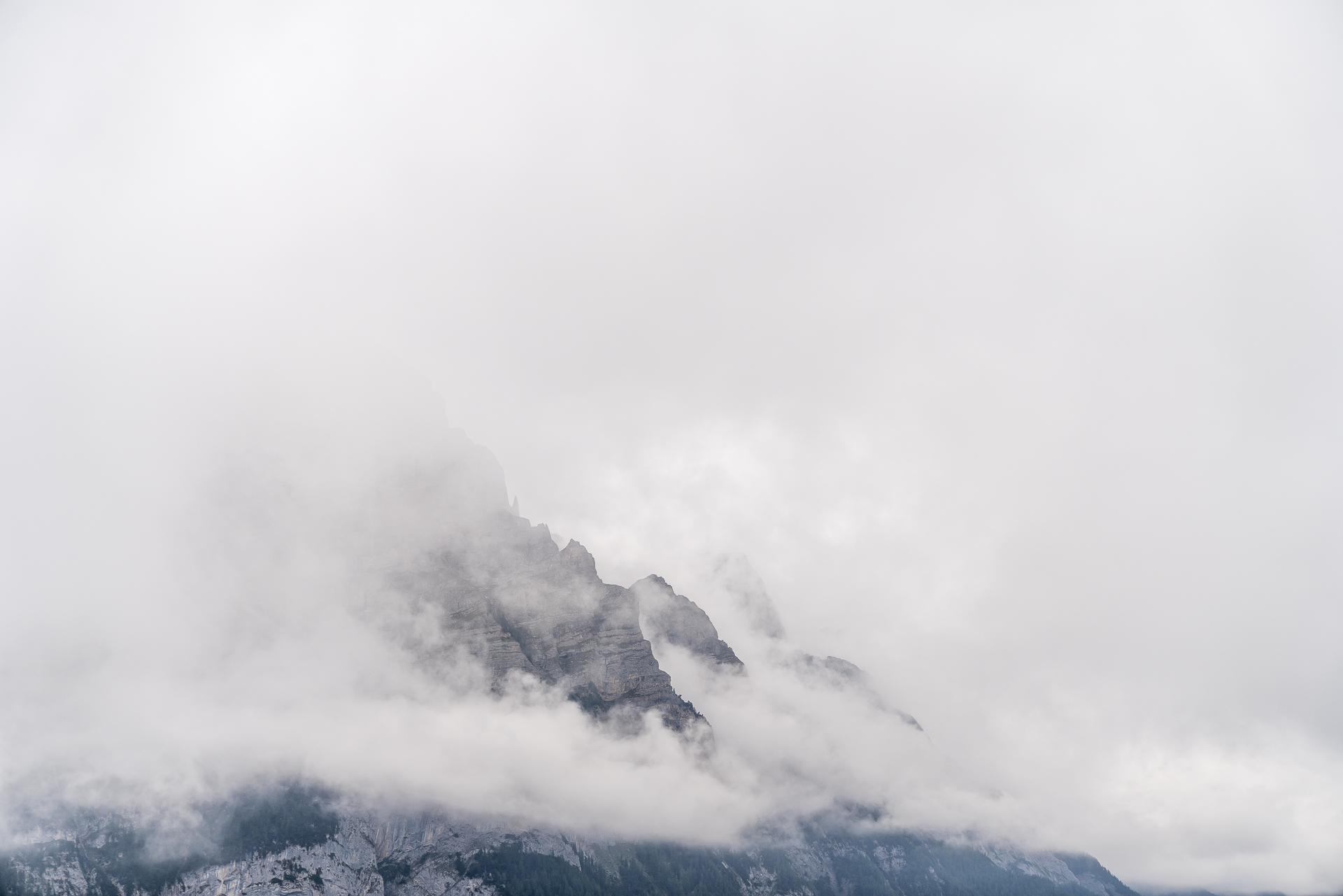
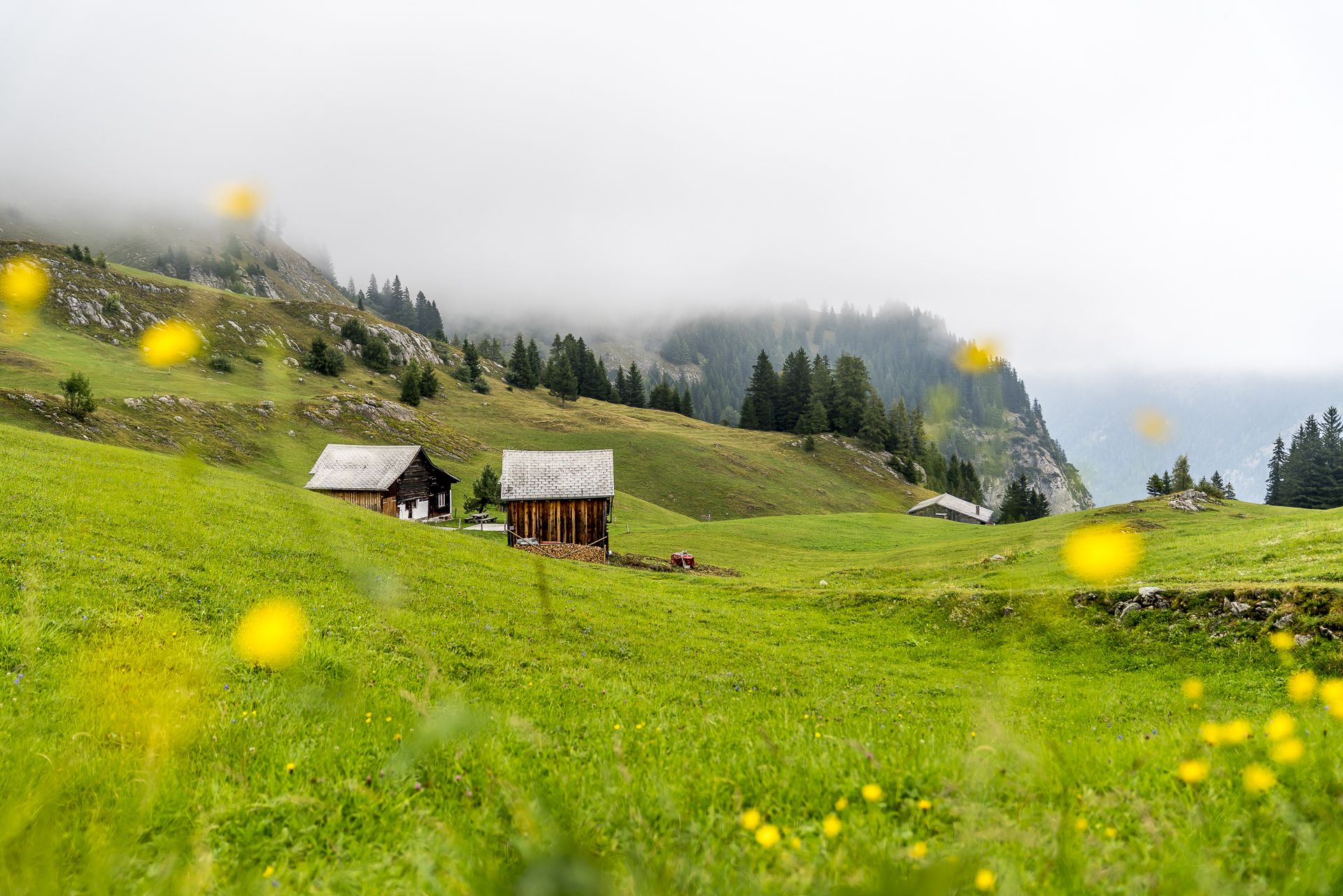
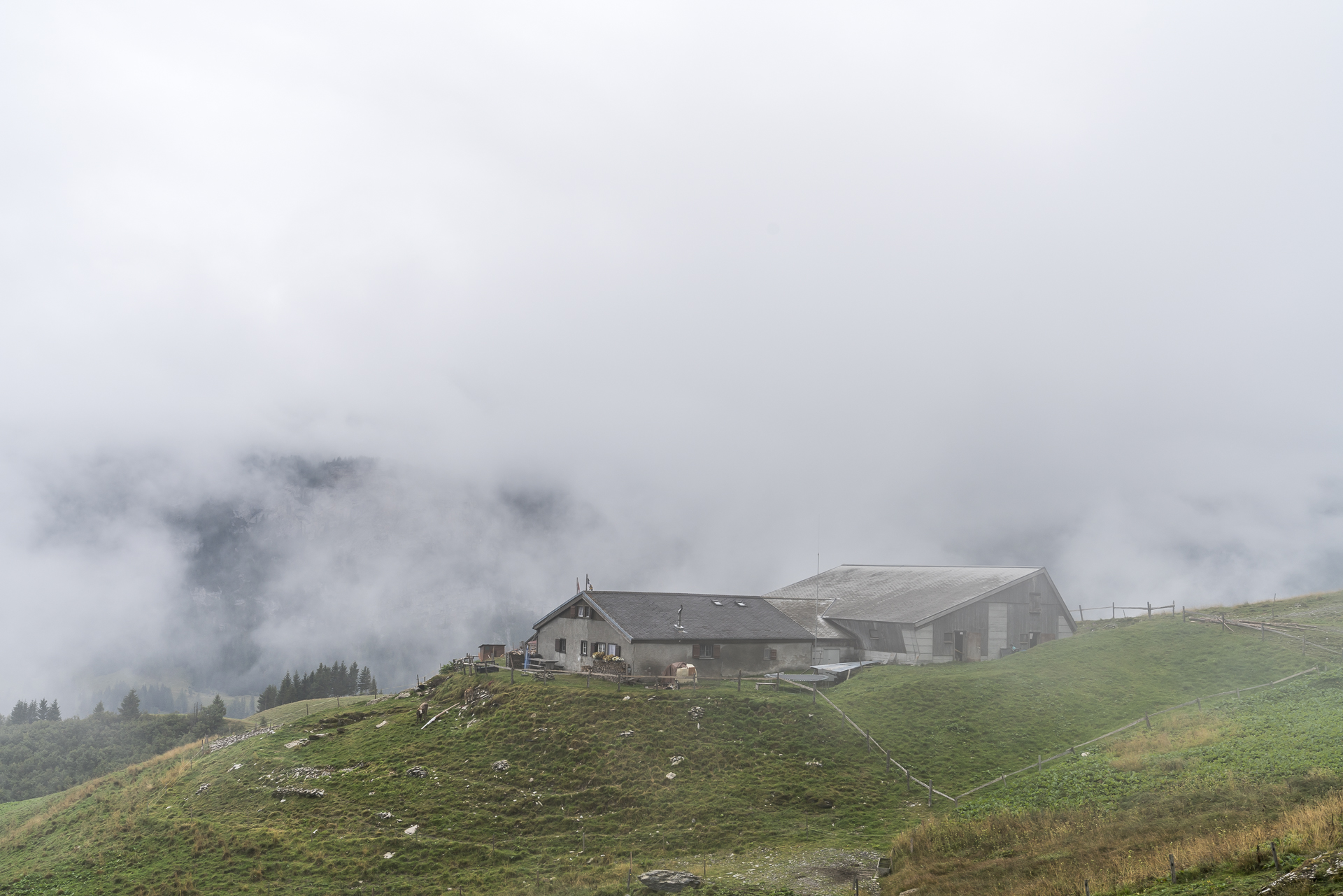
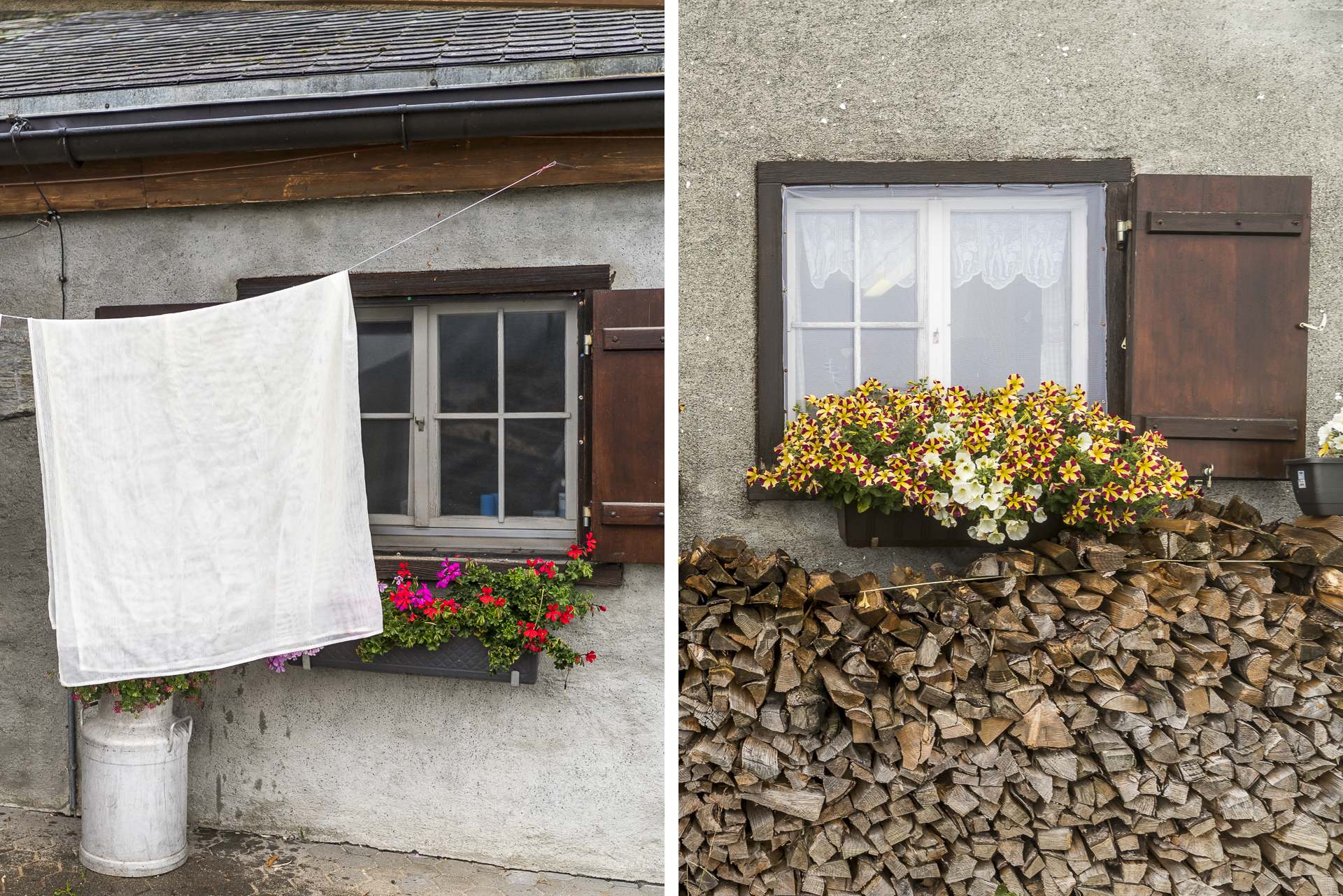
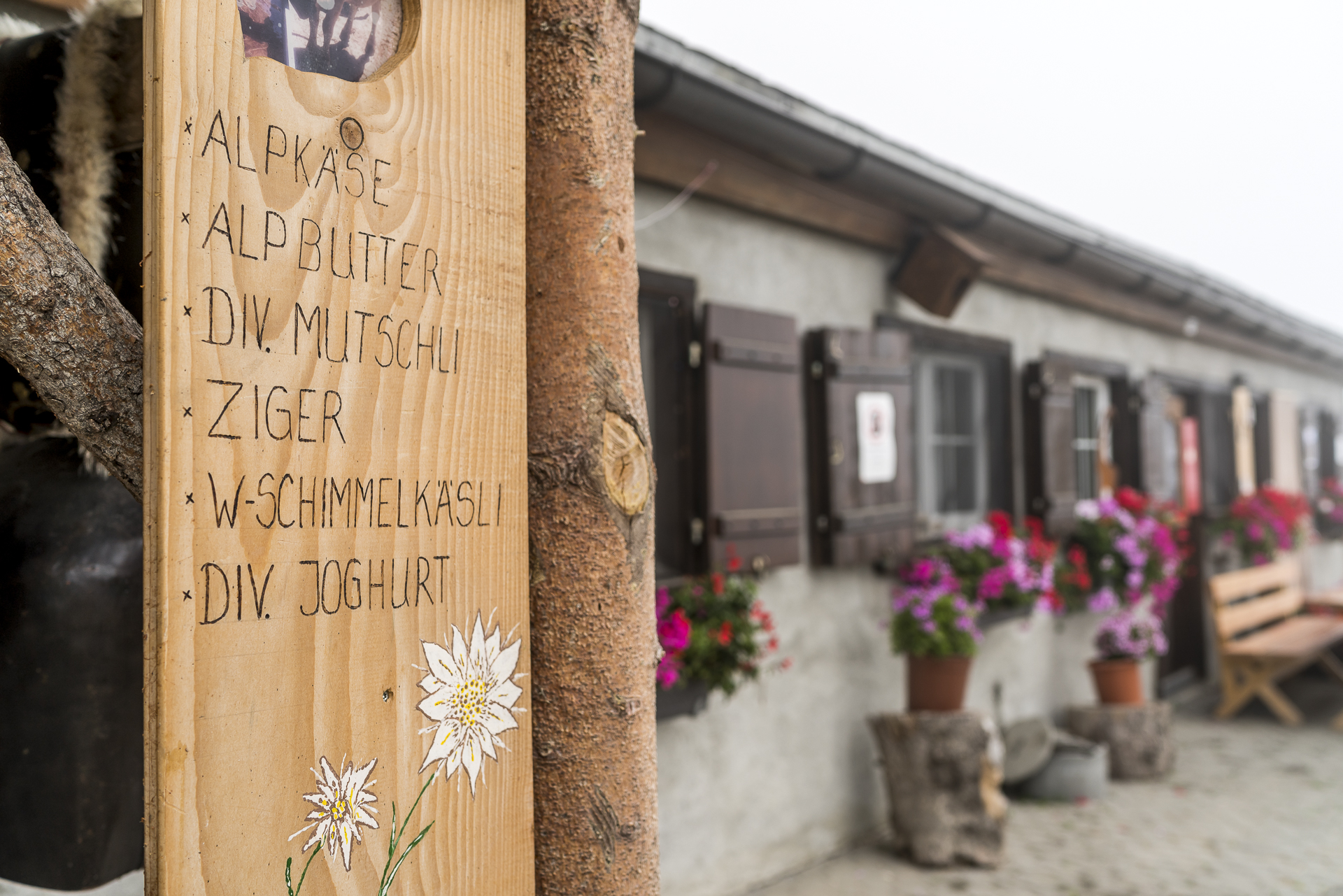
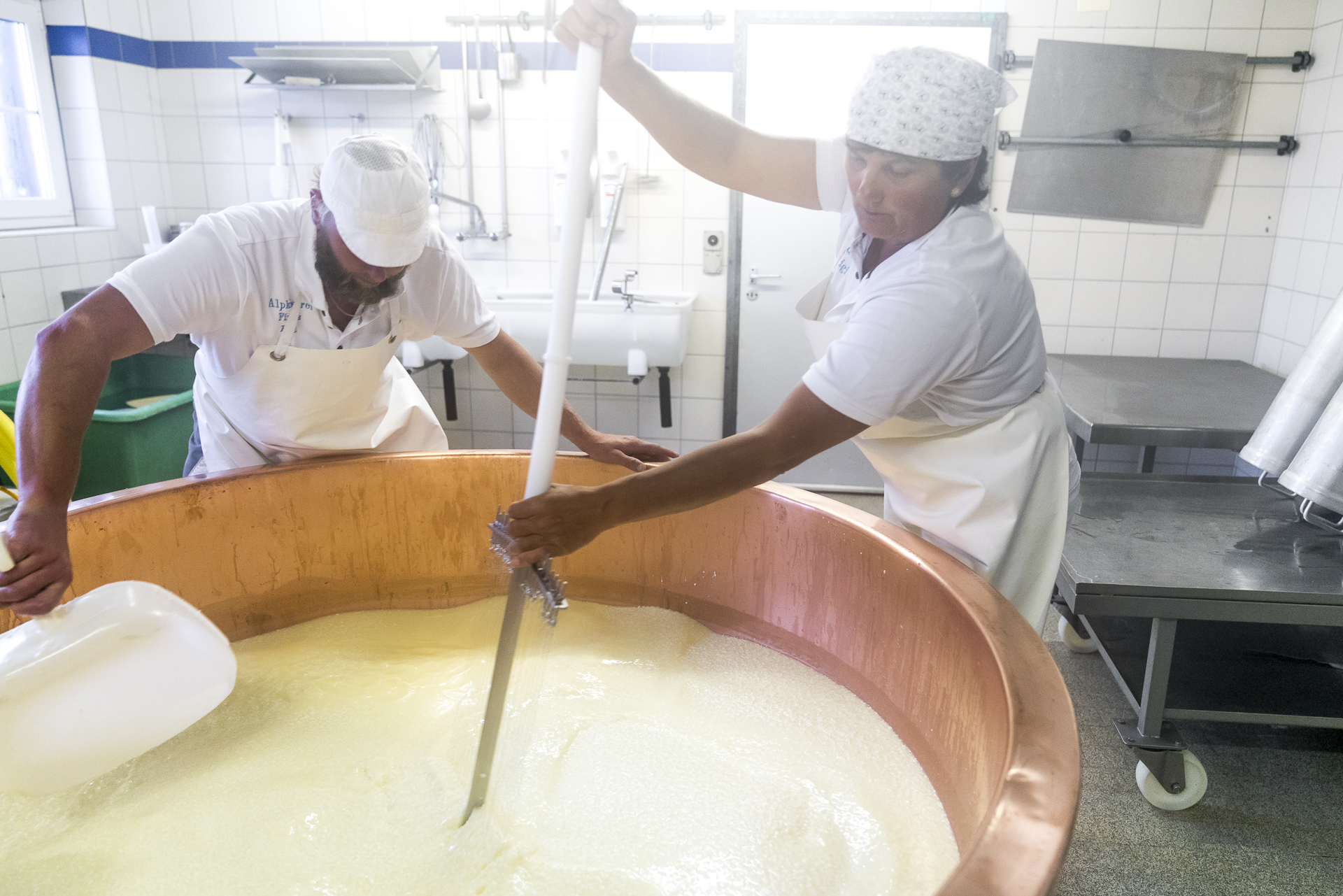
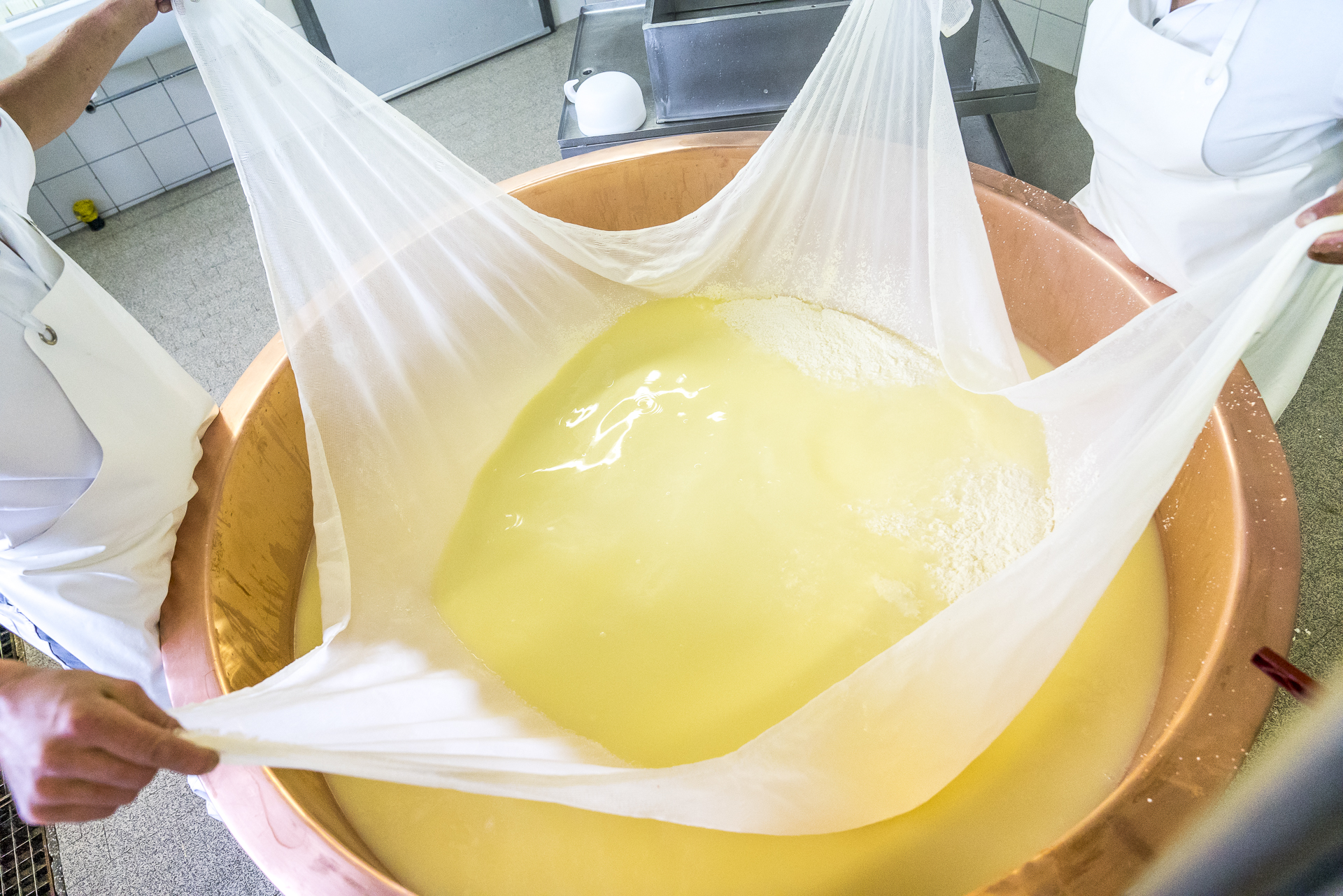
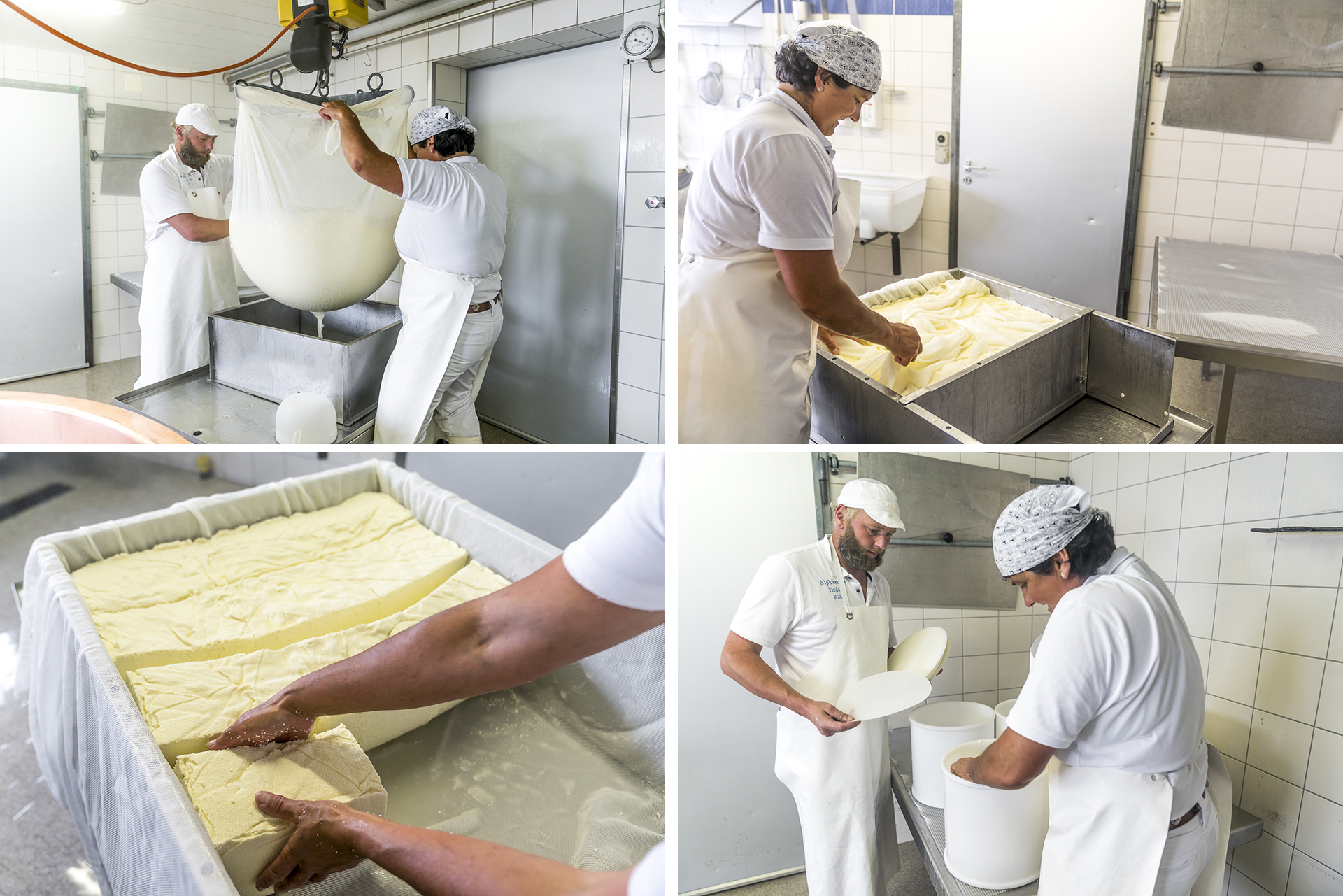

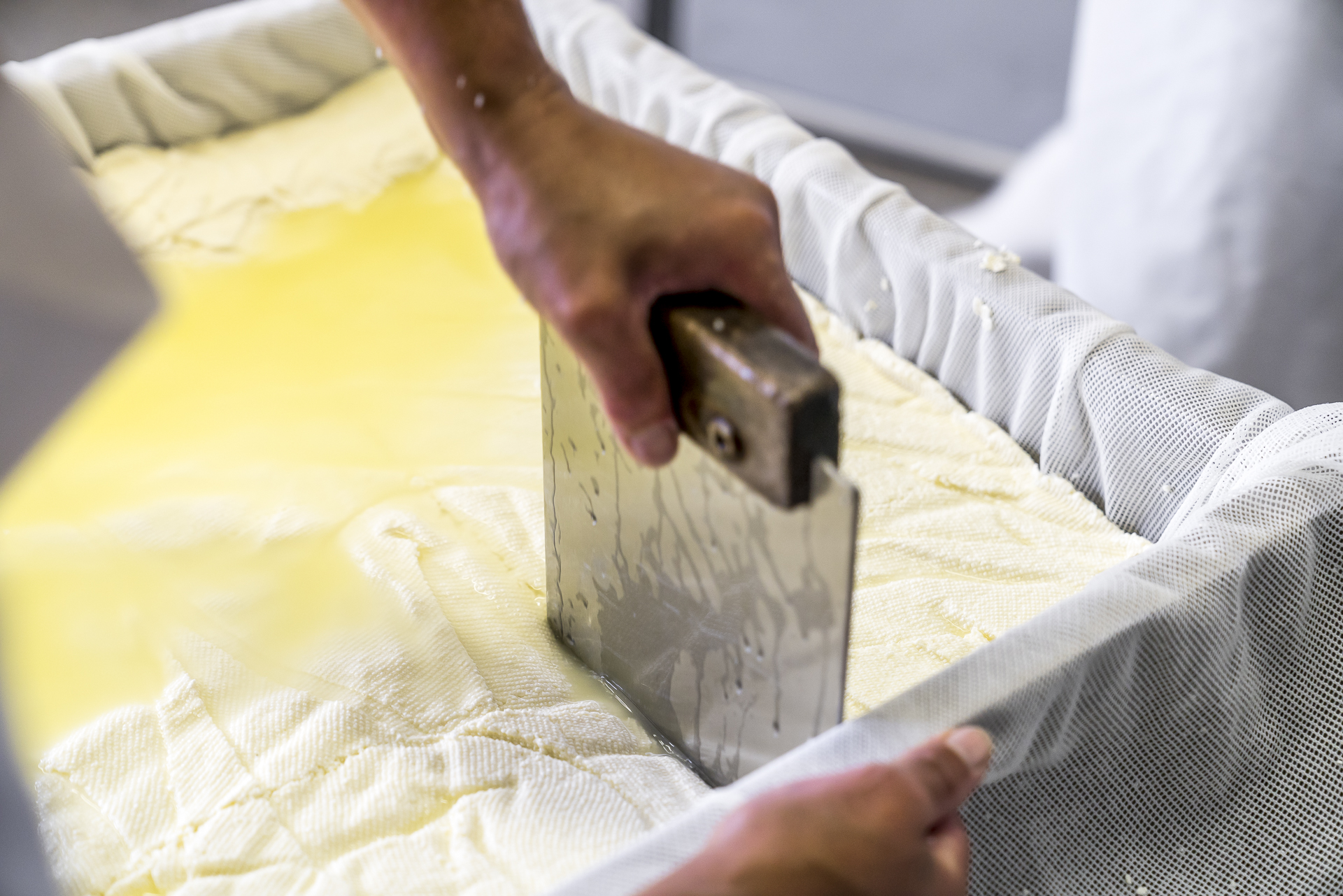
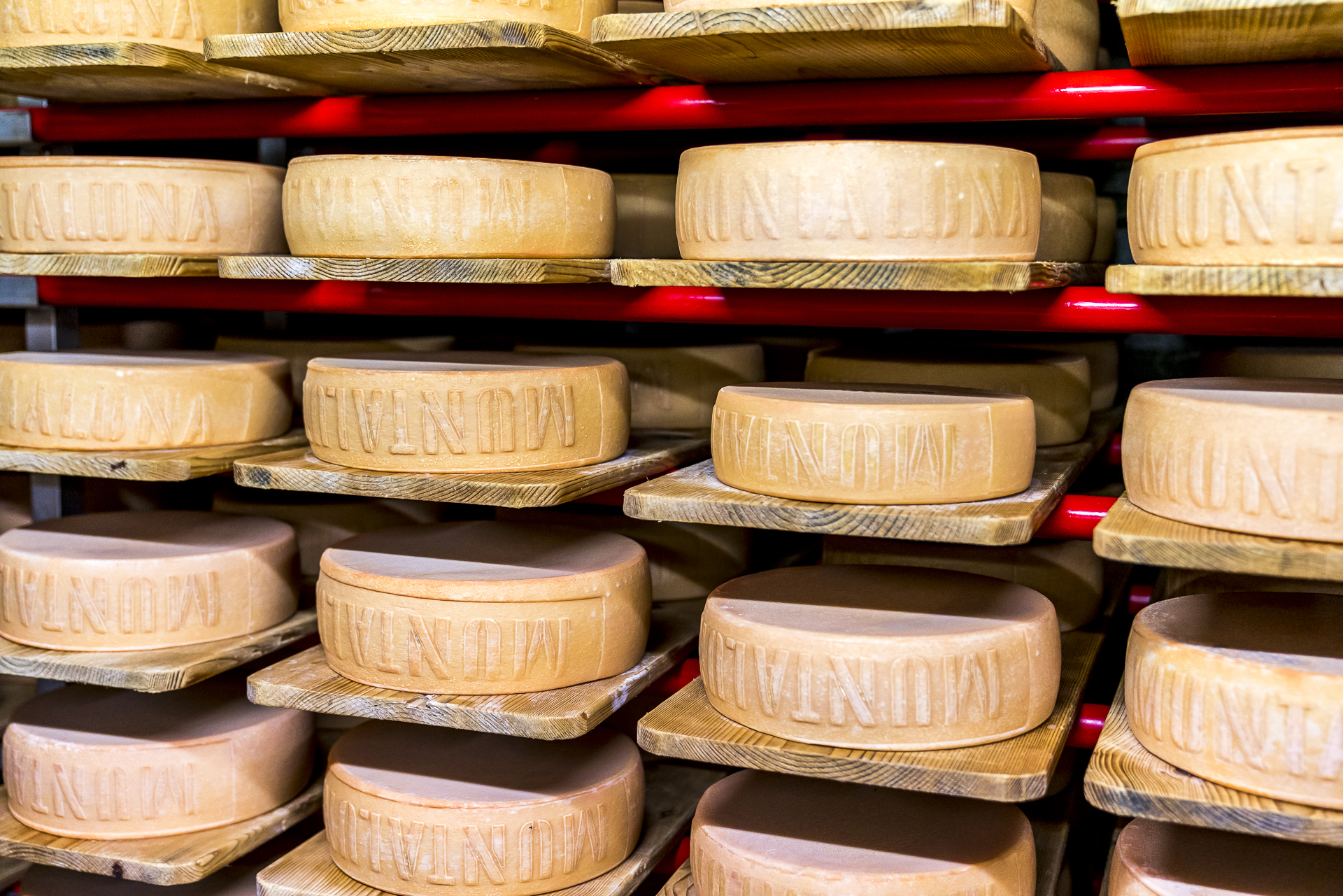

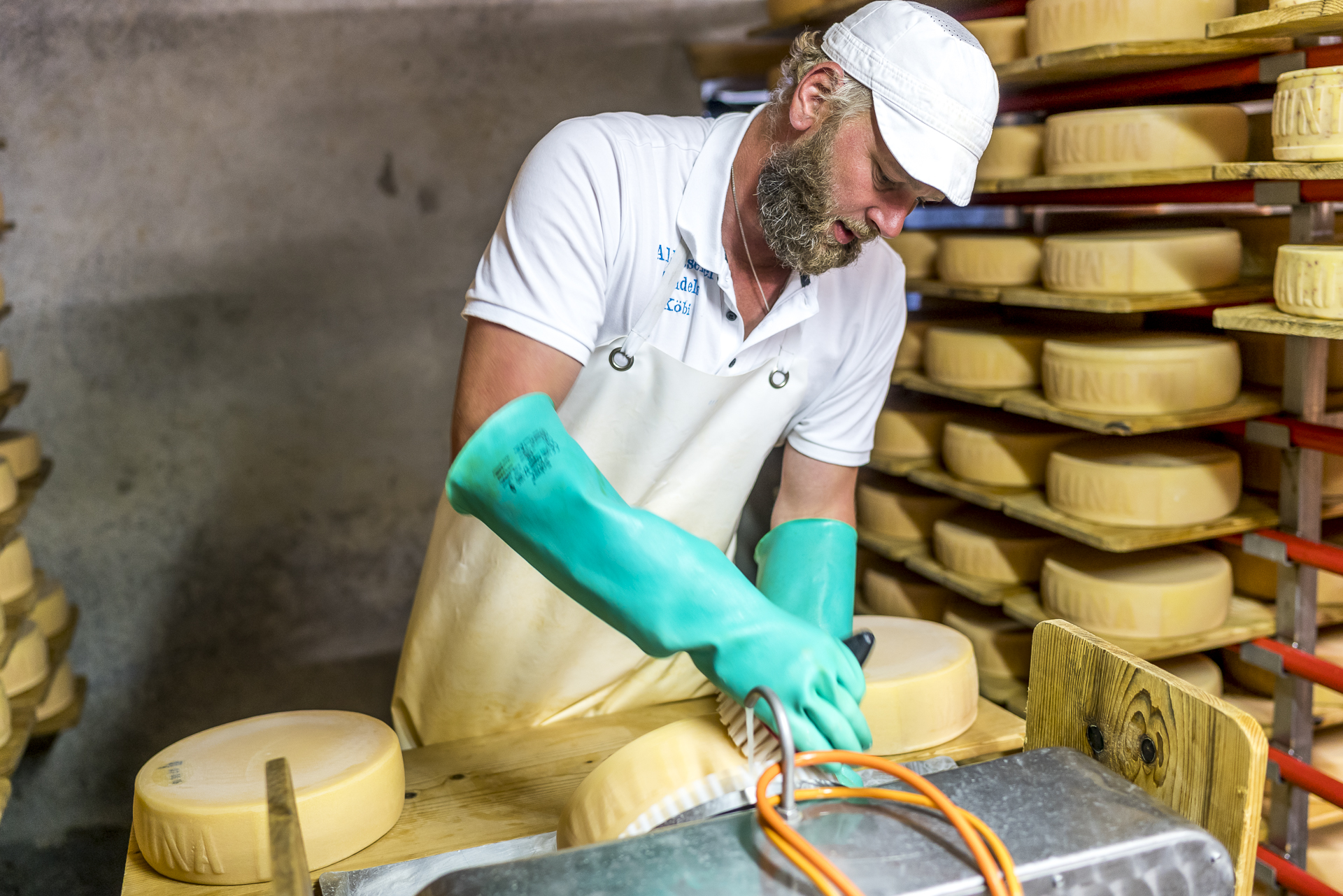
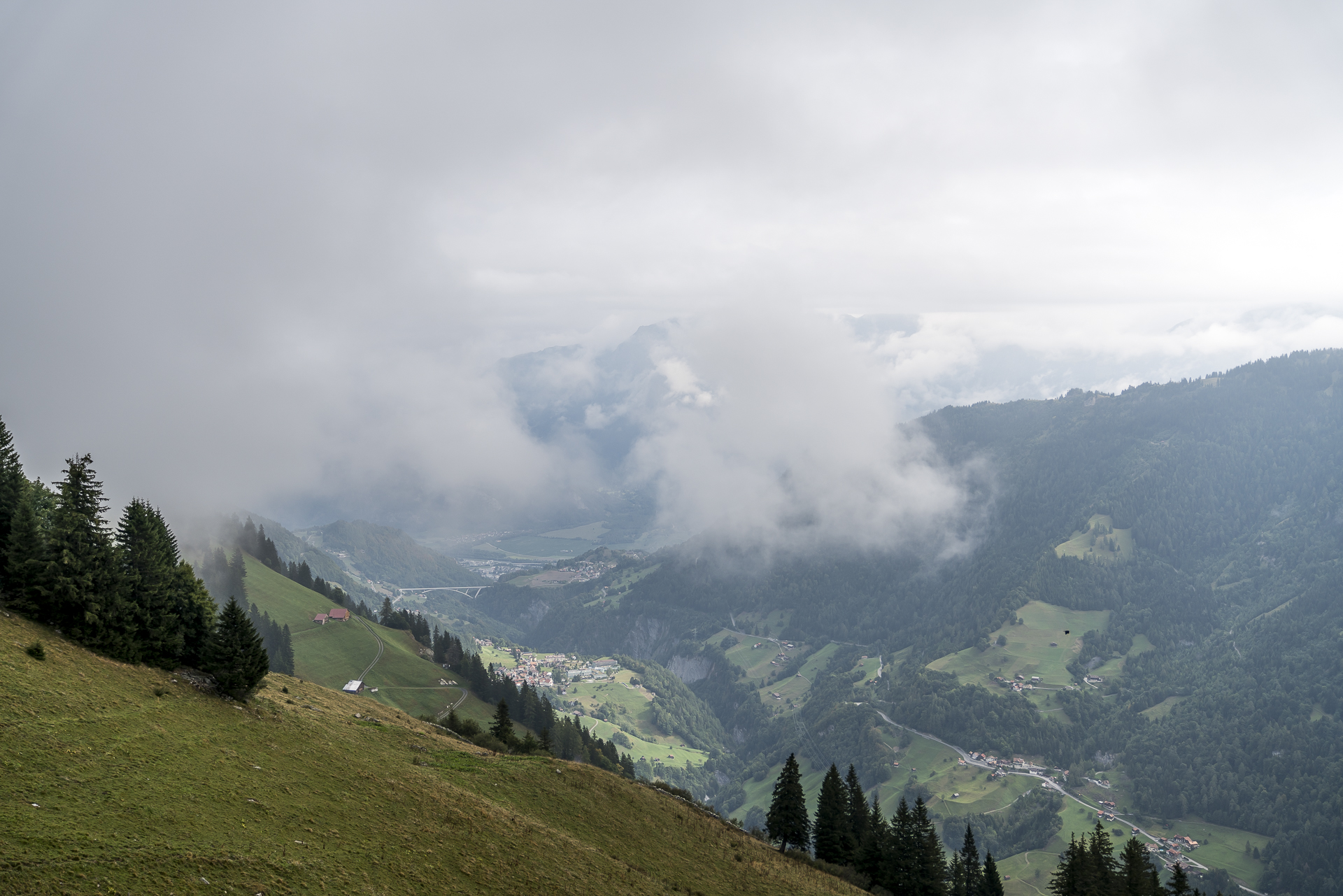
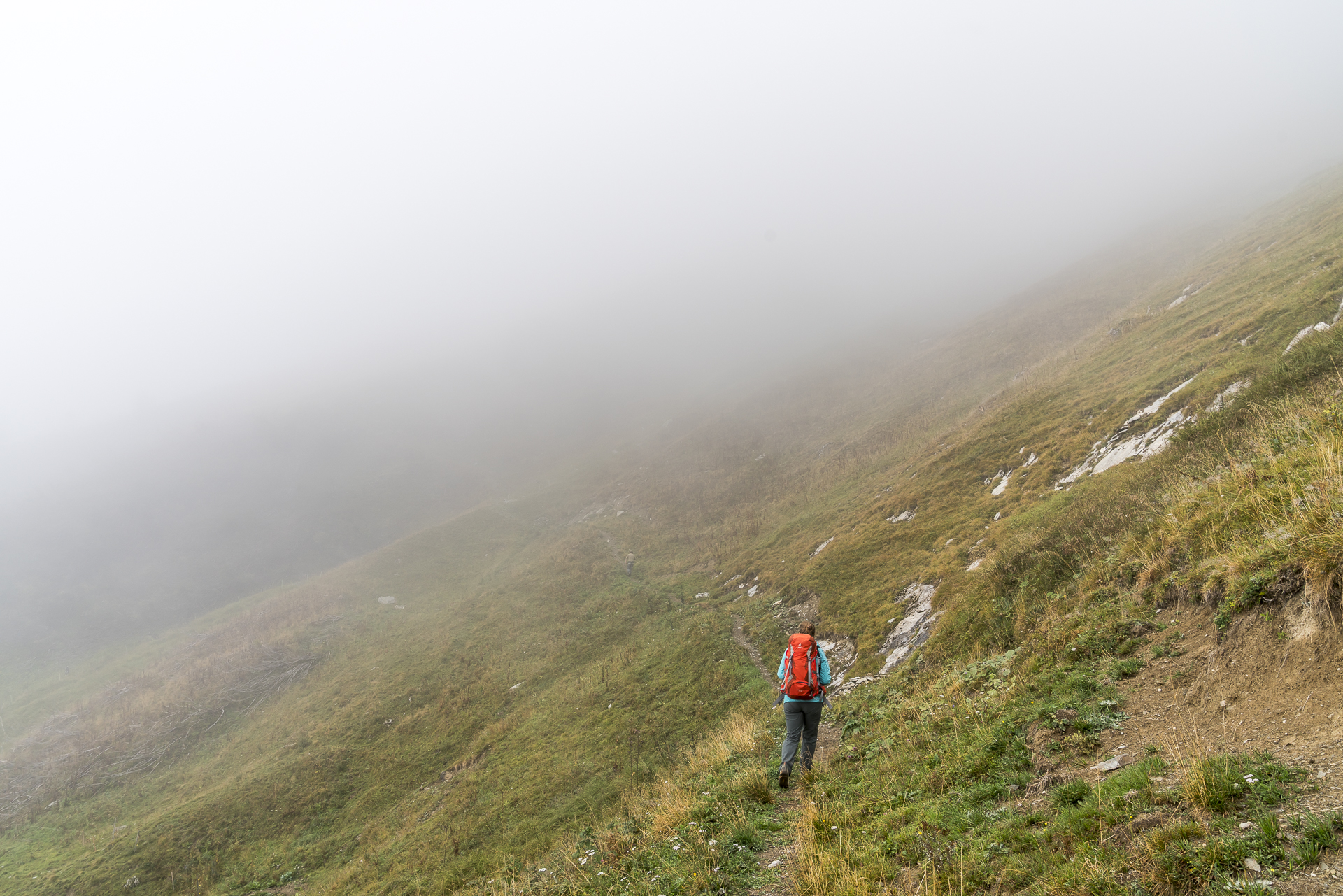
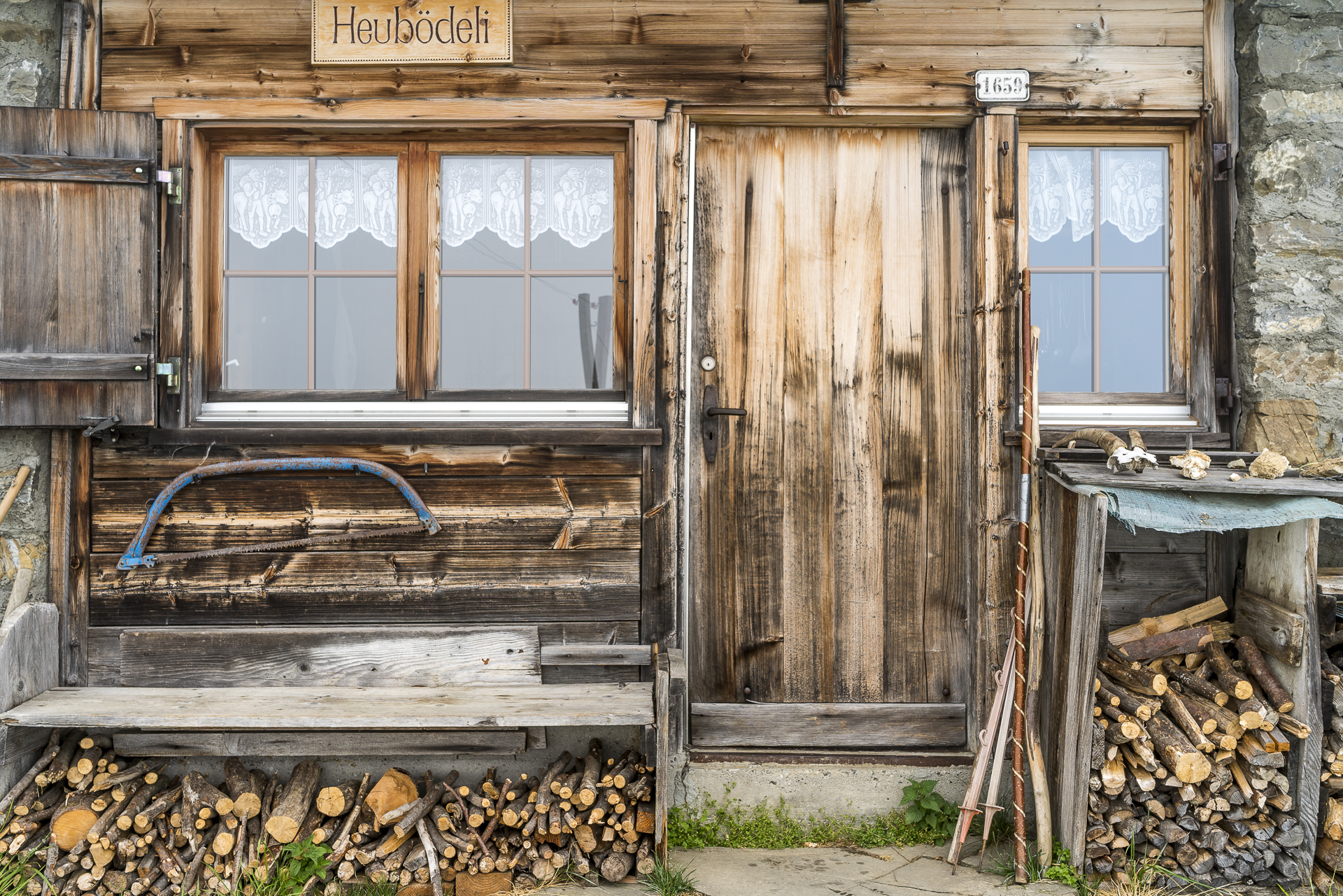
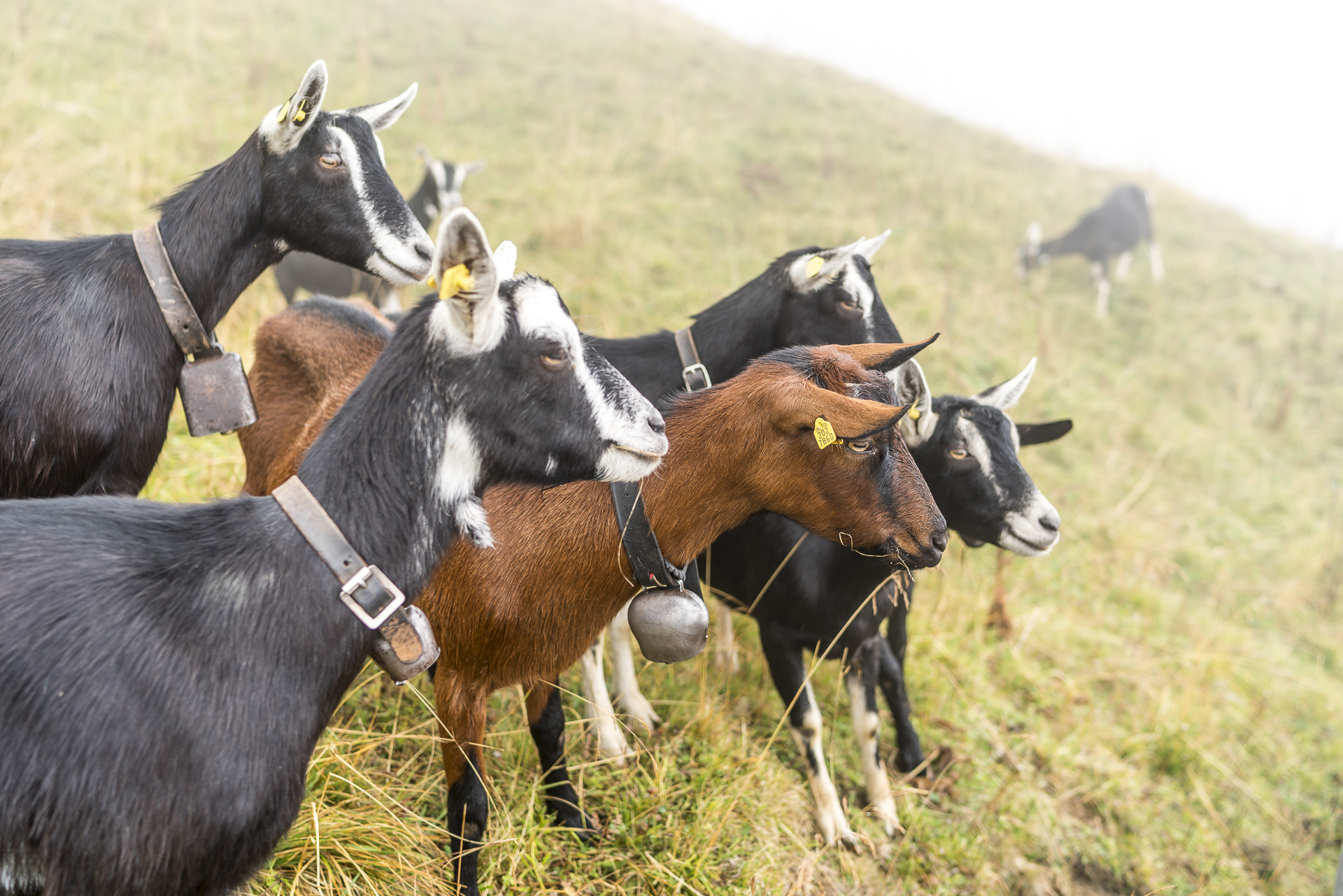
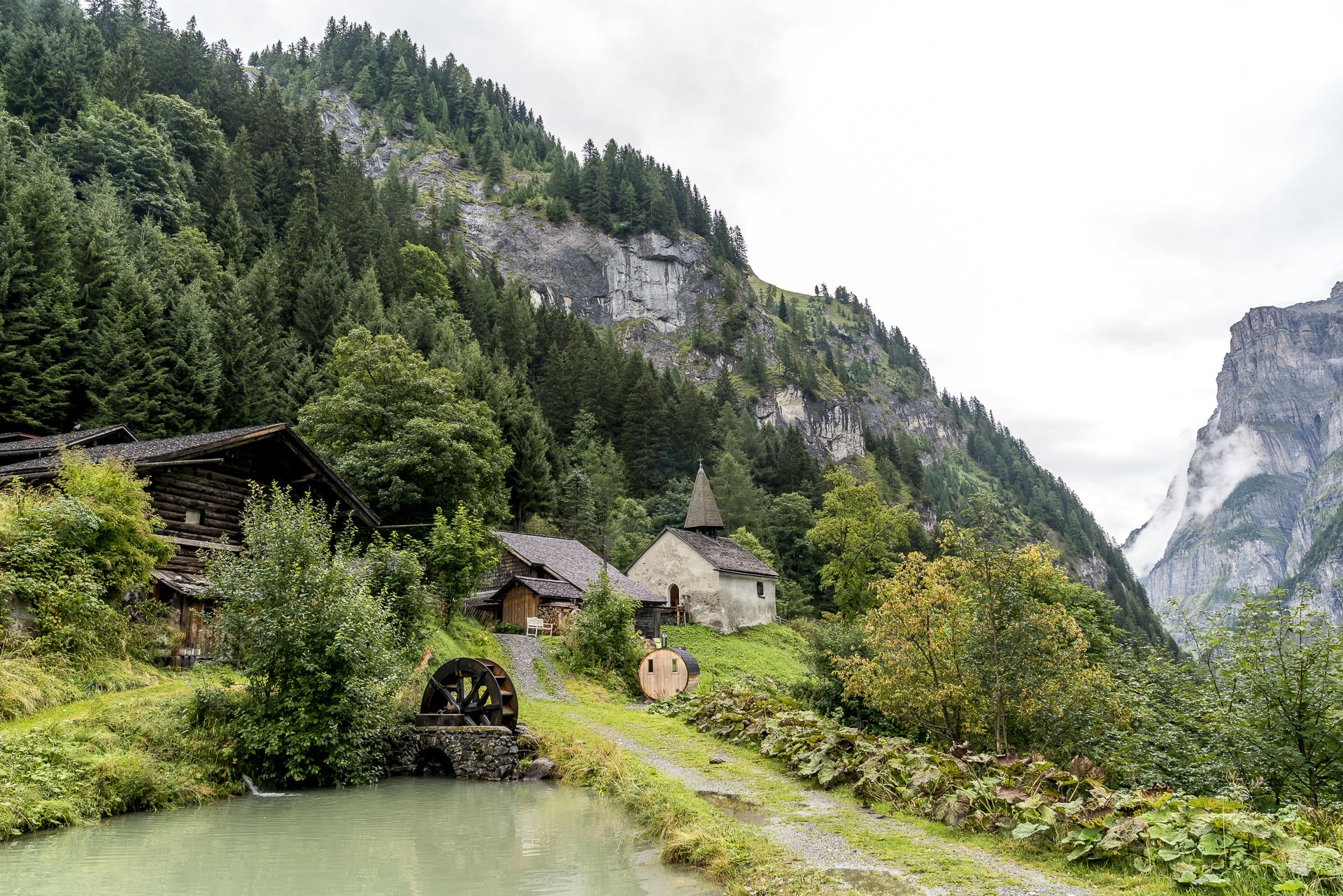
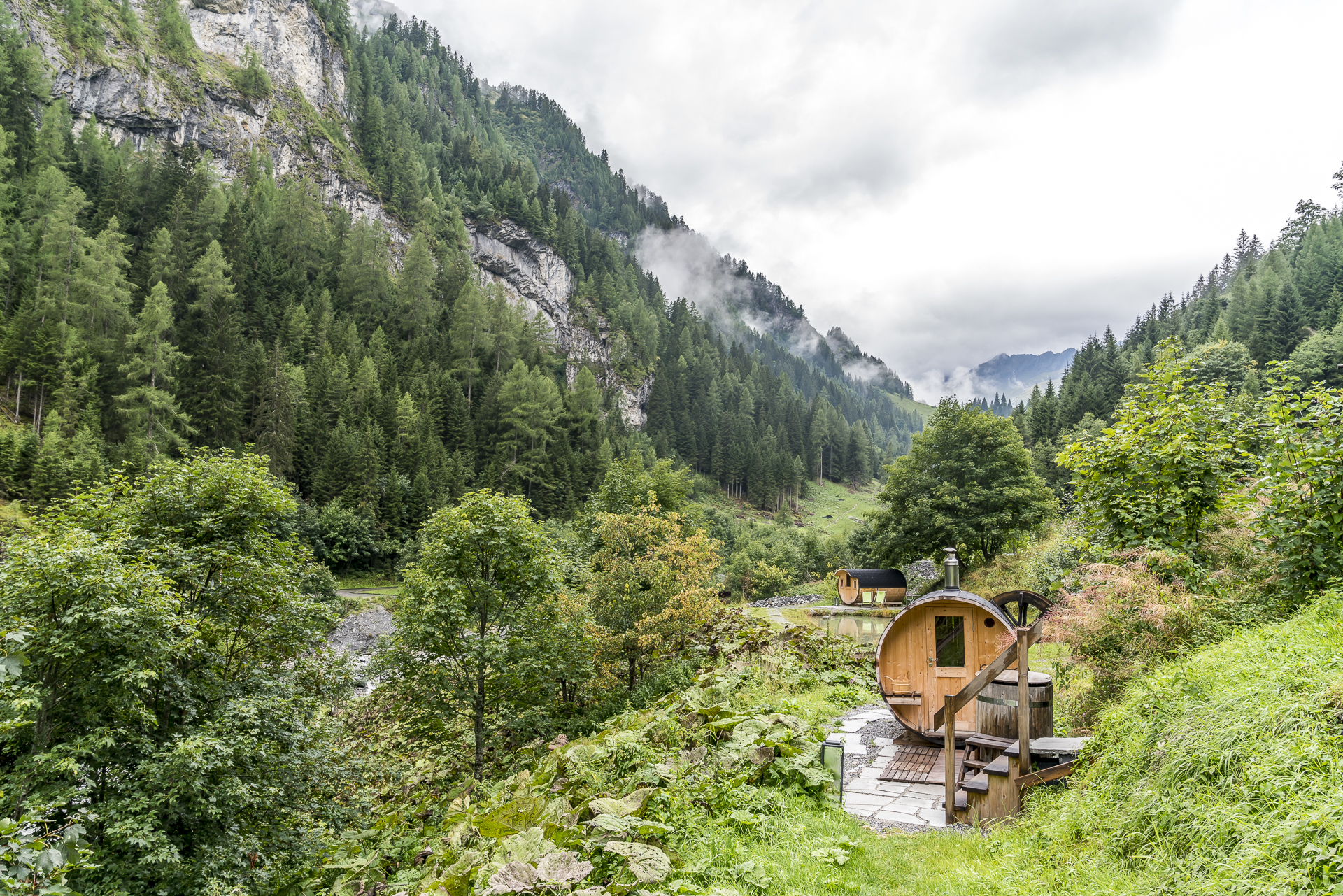
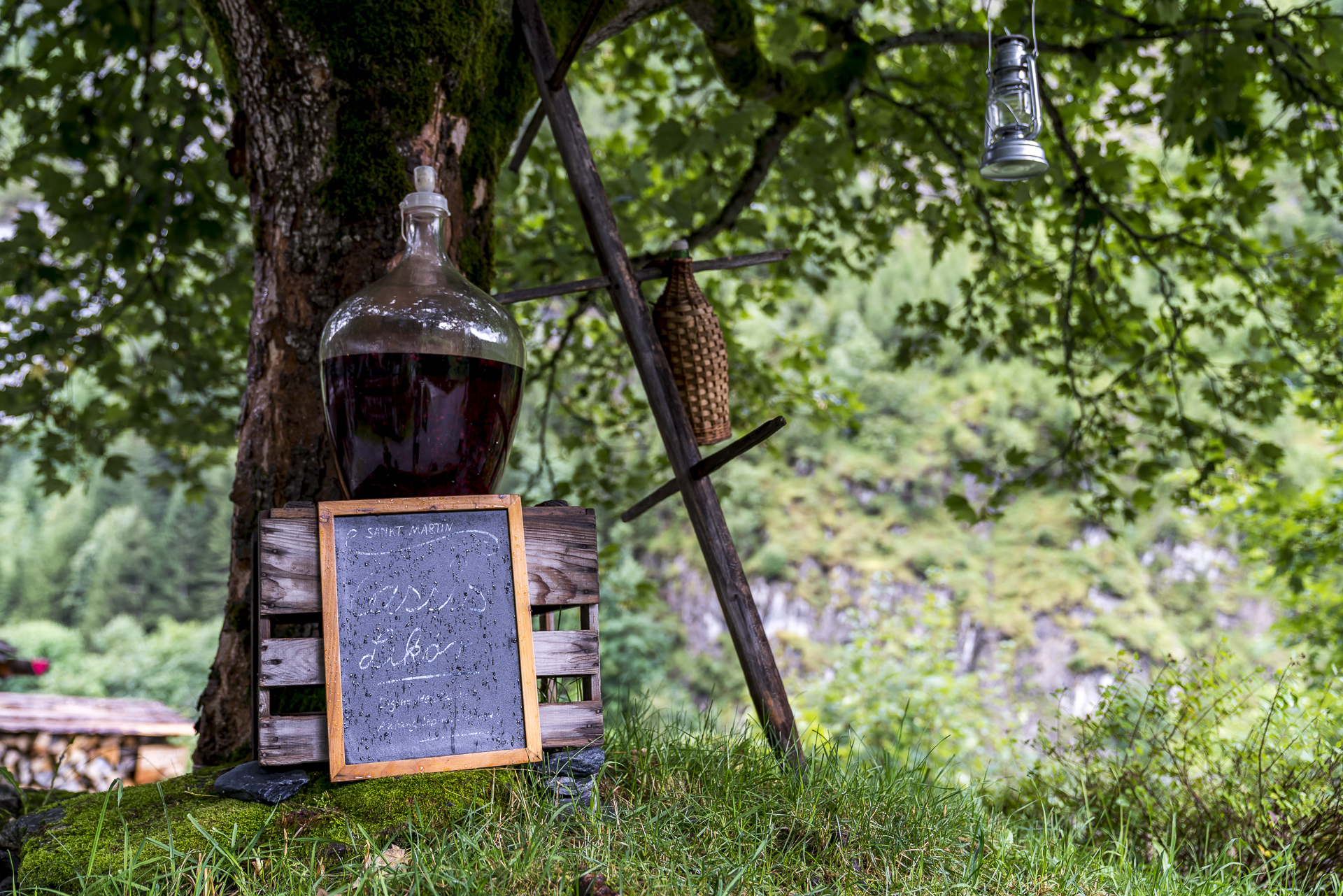
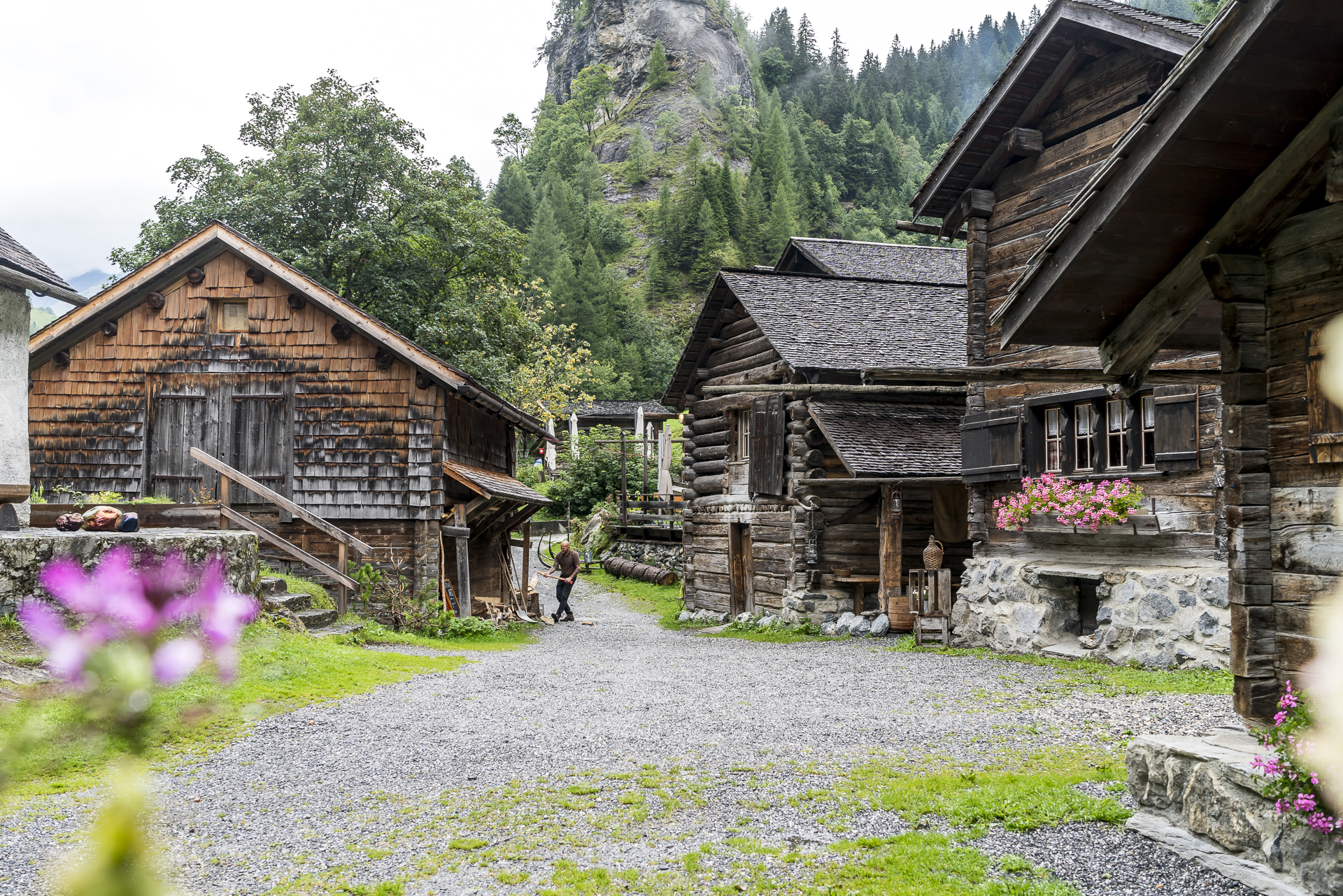
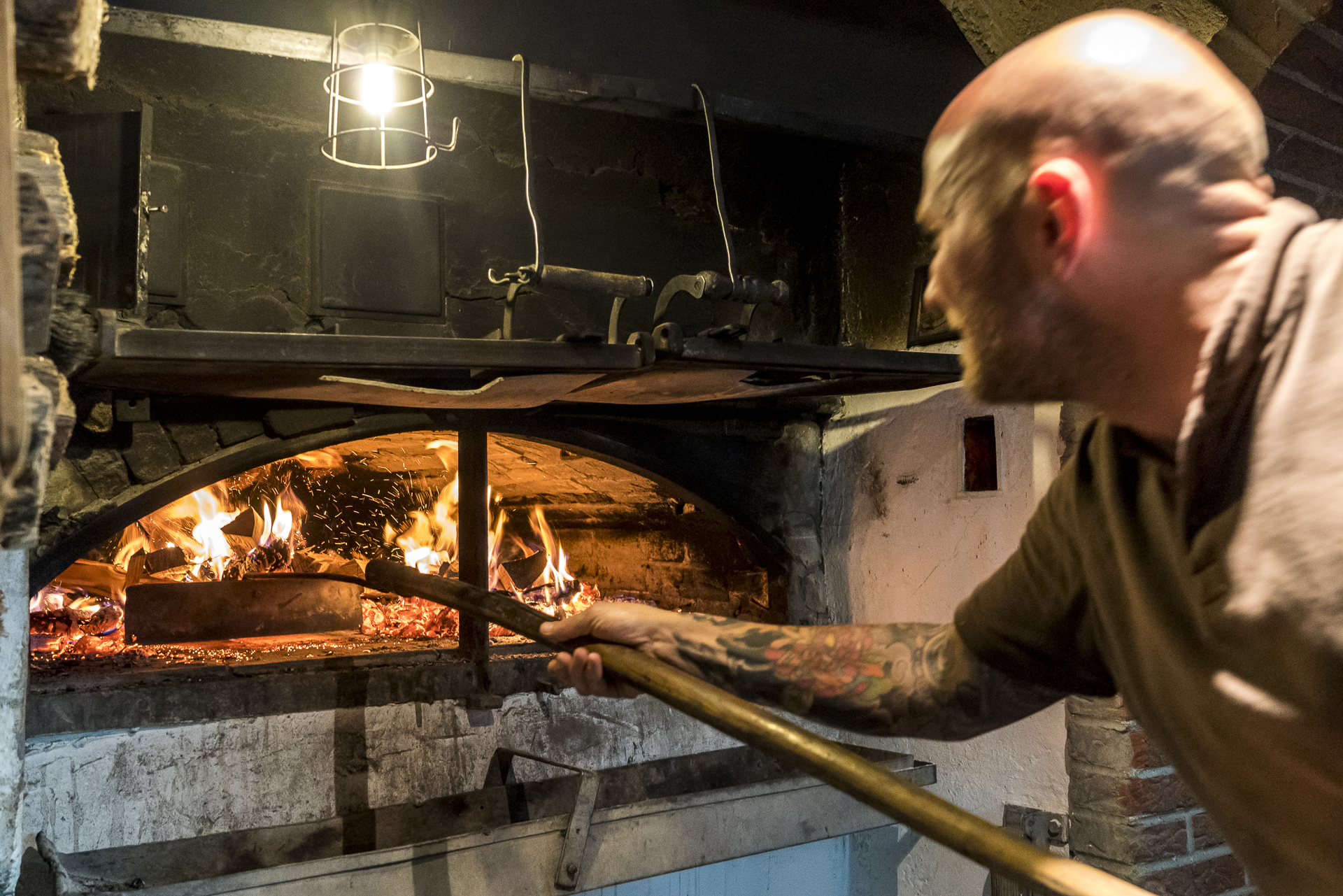
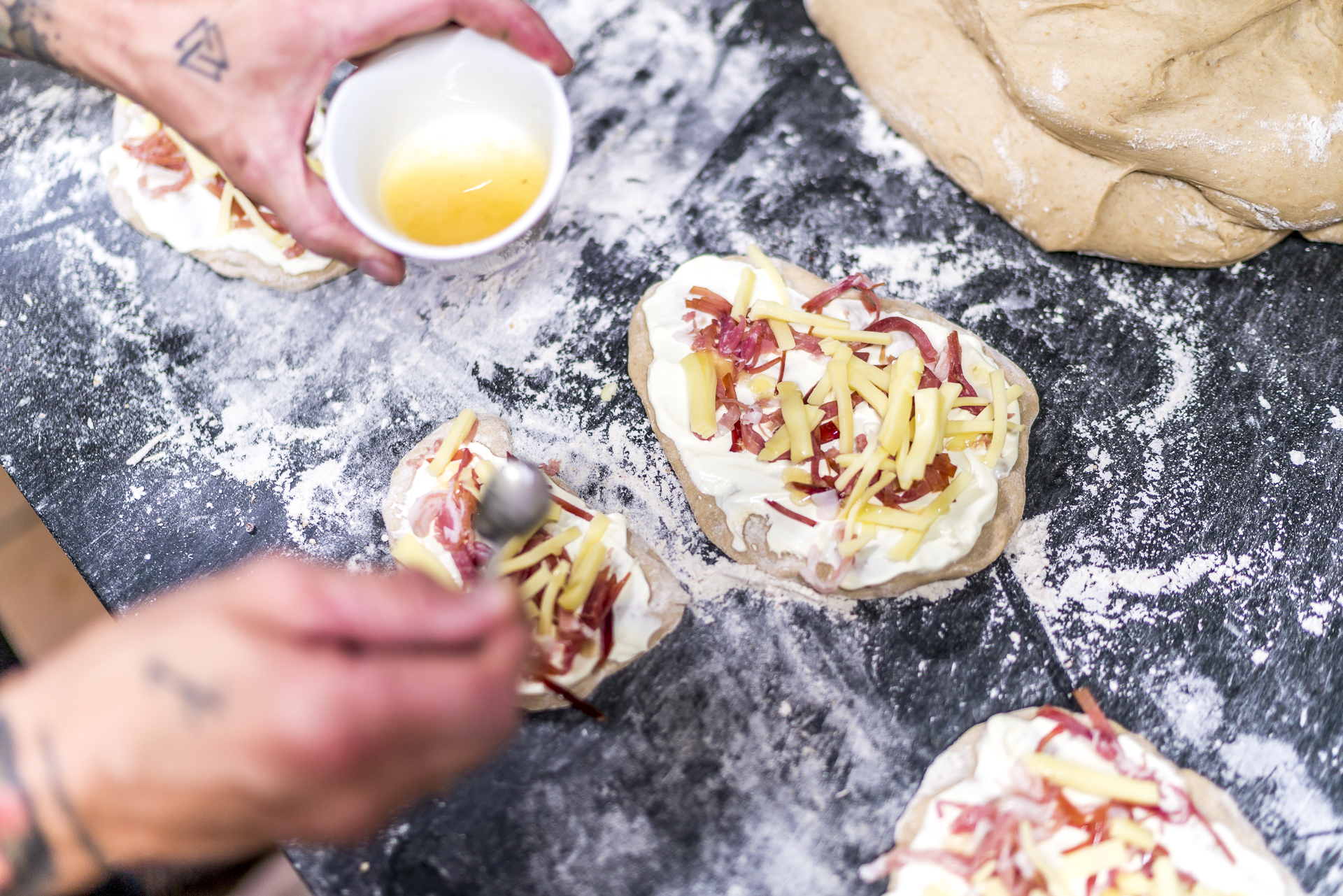
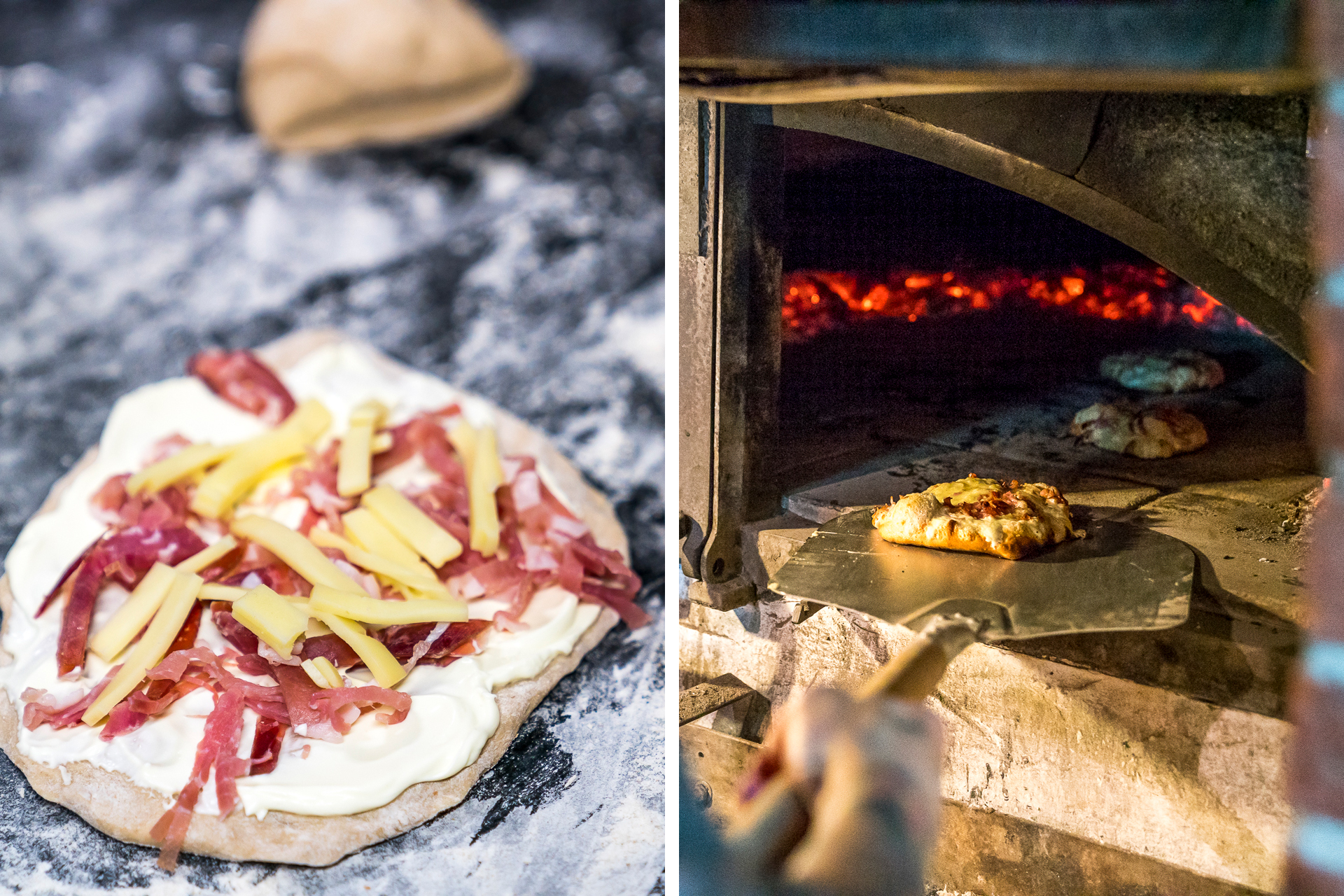
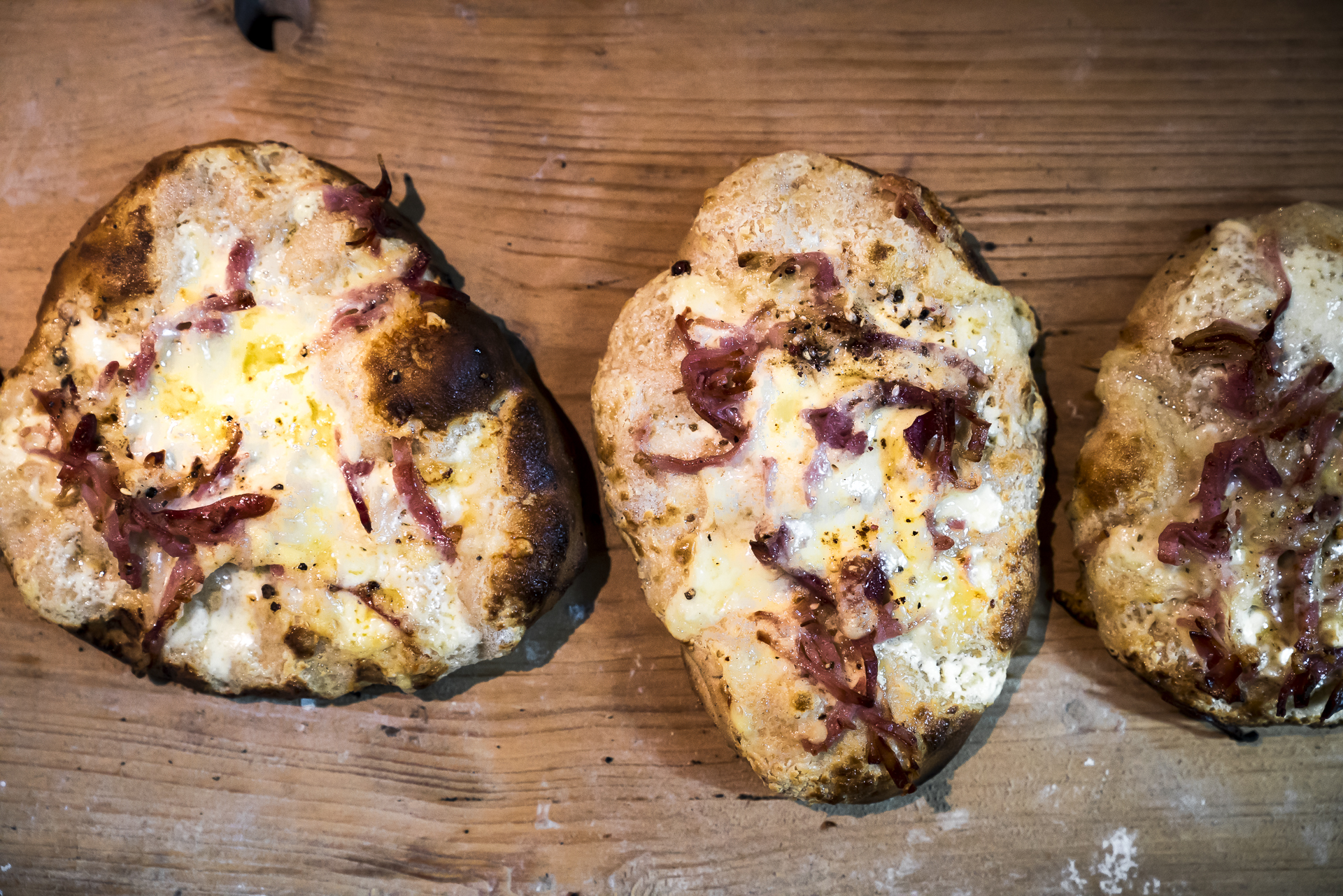
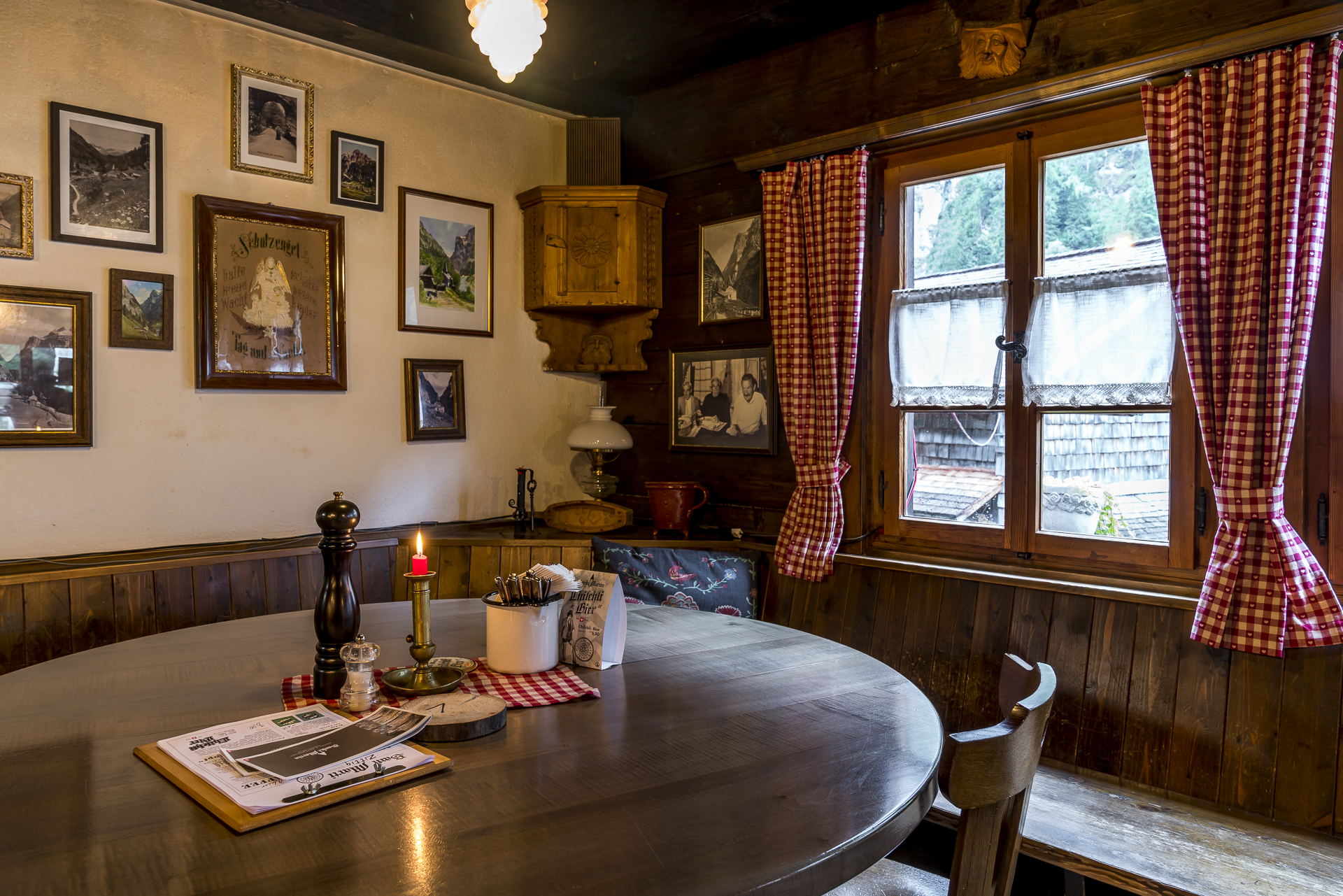
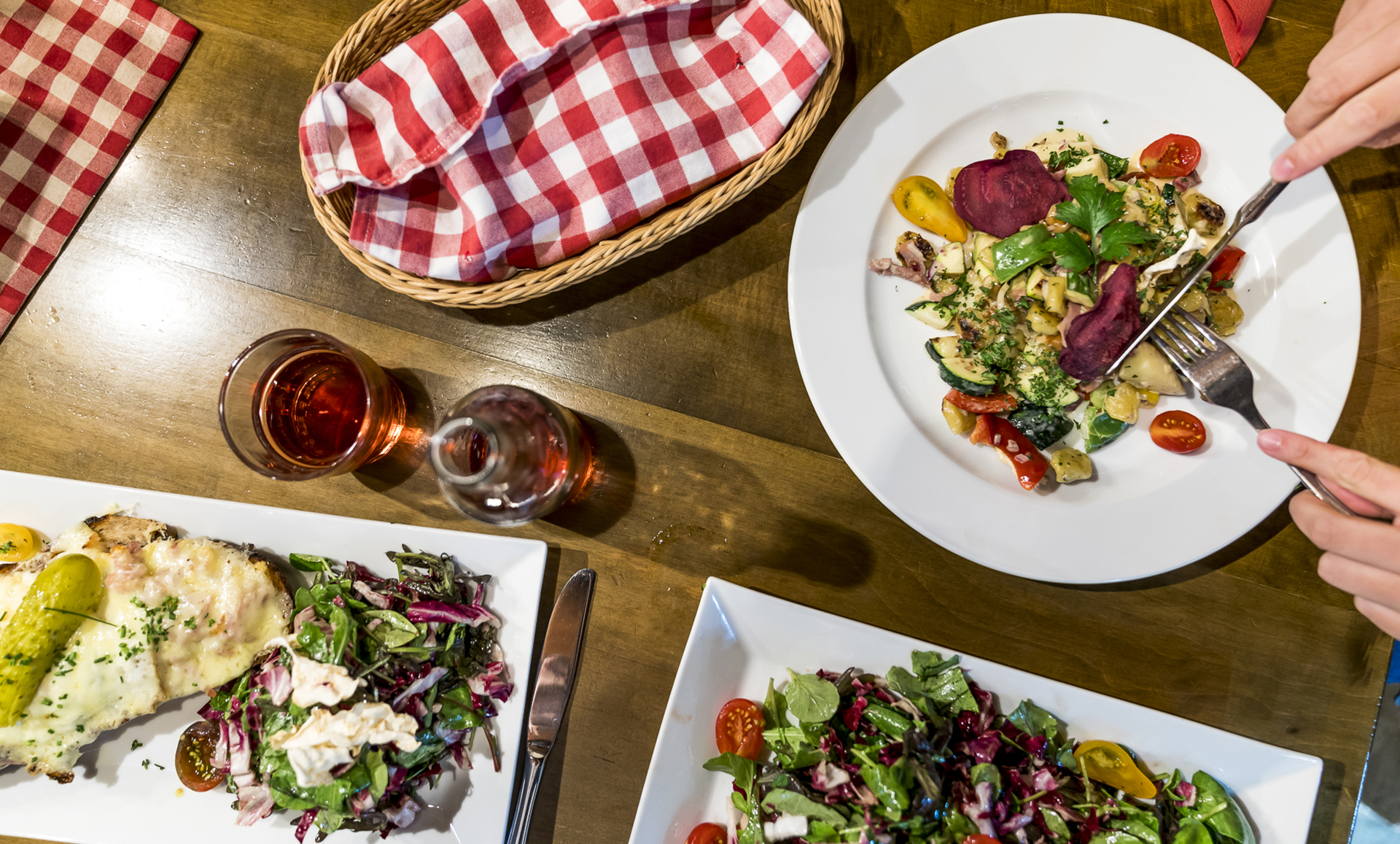
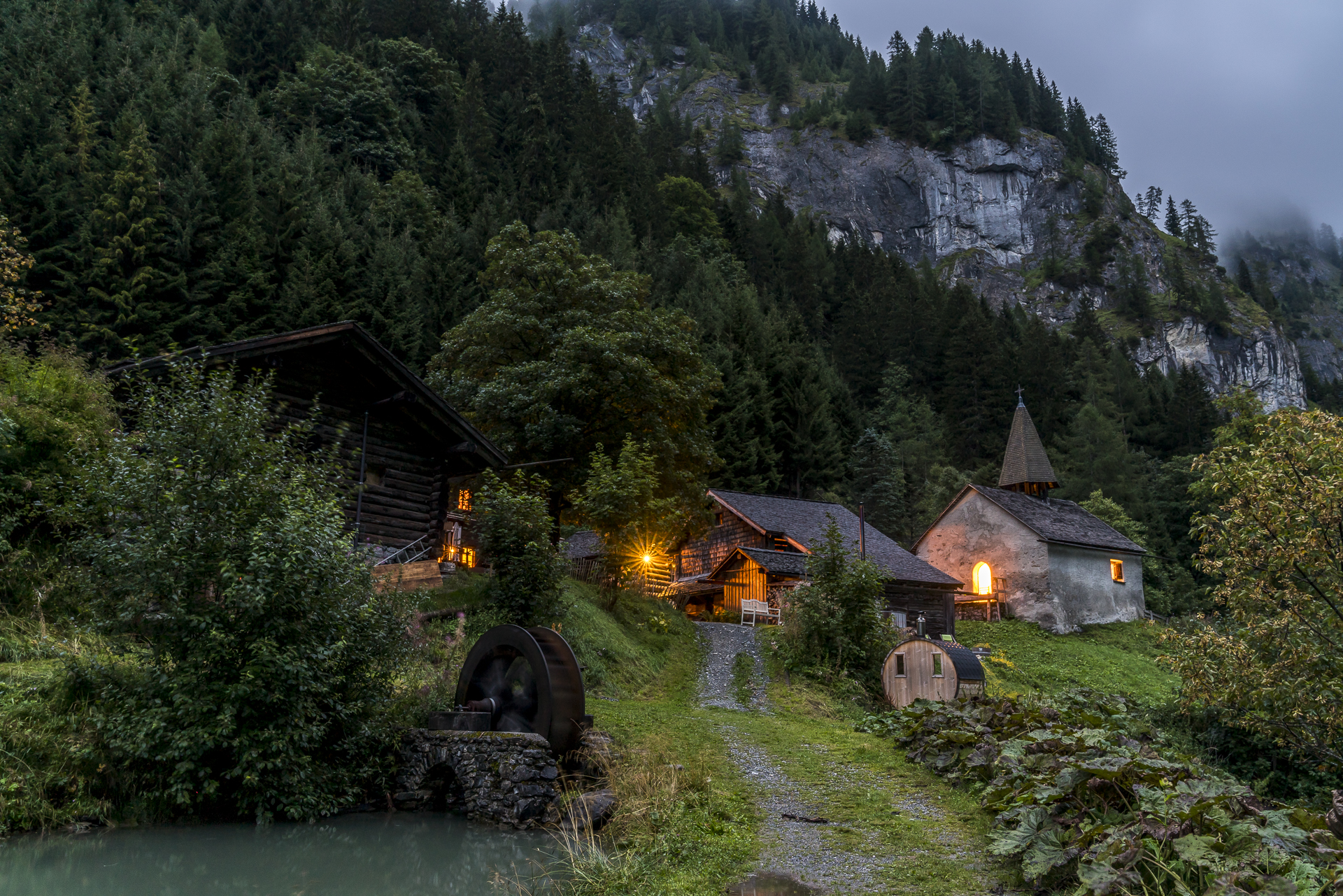
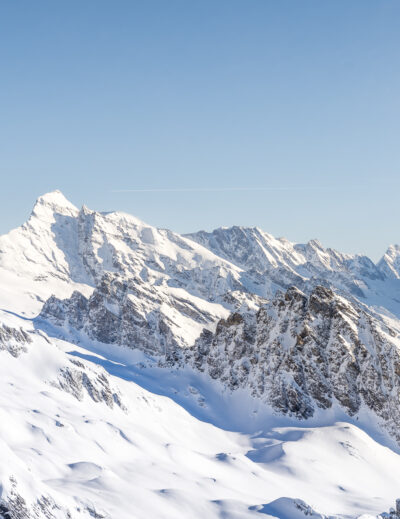

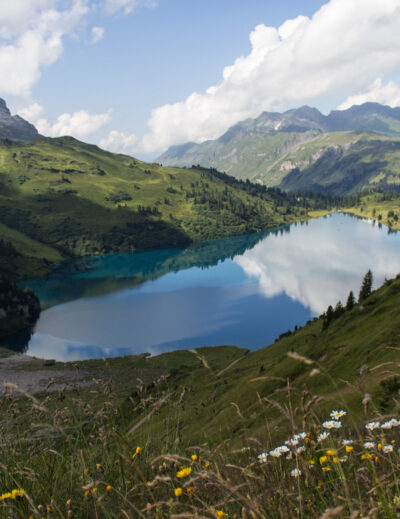
Leave a Reply